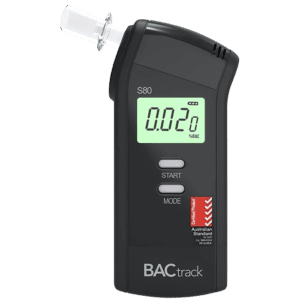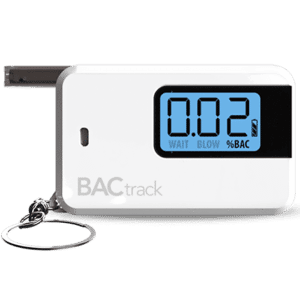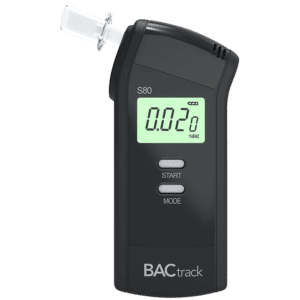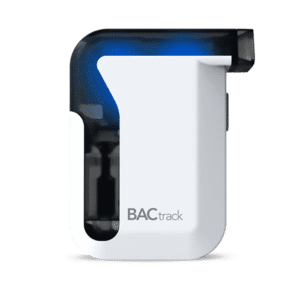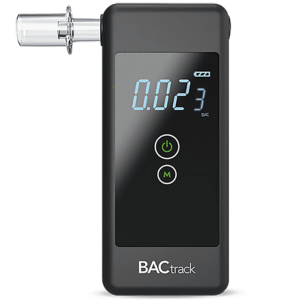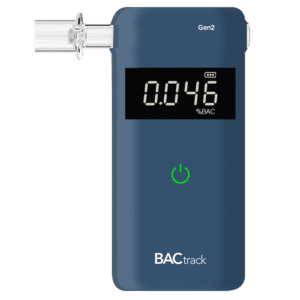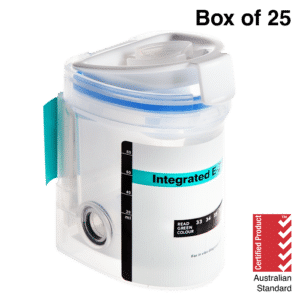Urine Drug Screen Australia: Overview & the Process of Screening
03 April, 2024
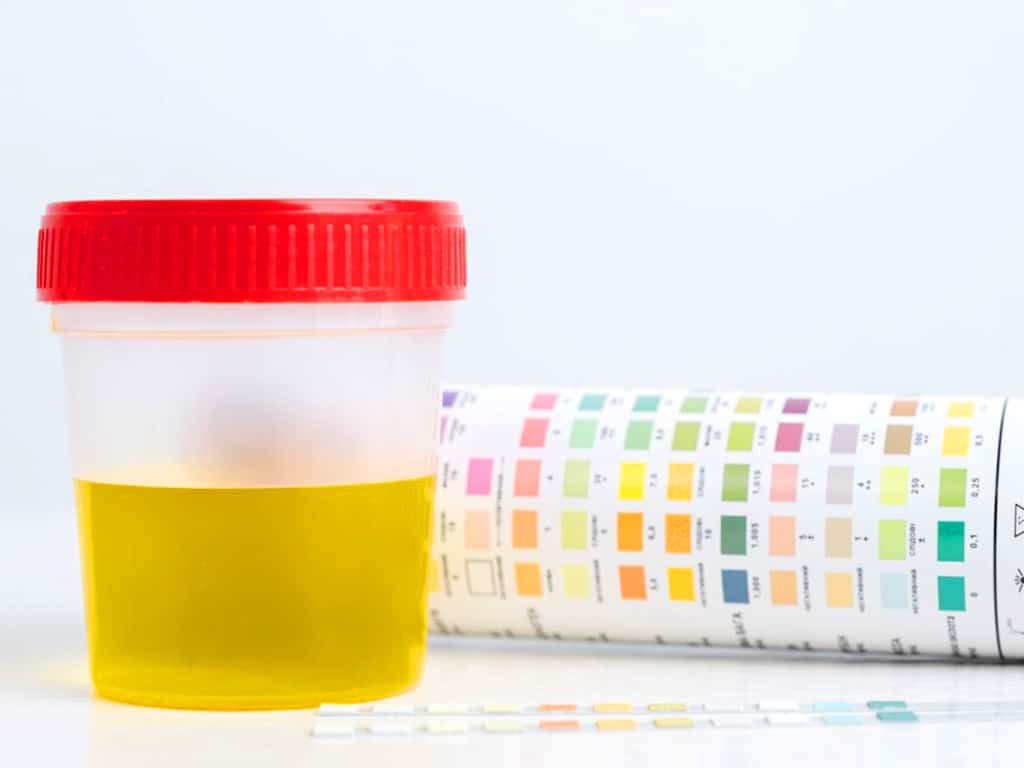
A urine drug screen in Australia refers to the test performed to detect the presence of substances in urine samples. It is commonly used by employers, healthcare providers, and law enforcement agencies. Accordingly, the process begins by providing urine specimens. Then, the sample undergoes a preliminary or immunoassay test. It is an initial test that quickly screens for various drugs. Nevertheless, Australian standards for urine screening are high to ensure accuracy and reliability.
With drug abuse on the rise in Australia, it has become crucial for organisations to implement drug testing policies. There are various types of drug screens. It may include blood, hair, and saliva drug tests. However, urine drug tests are a common method as it is easy to conduct and can detect a wide range of drug classes. This article will present urine drug screening tests in Australia, the screening process, and the specimen collection procedures.
Overview of Urine Drug Screen in Australia
A urine drug screen in Australia is a standard test that checks for the presence of classes of drugs in the urine of a person. It is a widely used tool that helps to detect illegal drugs, prescription medications, and alcohol abuse. The test can identify specific markers or drug metabolites by analysing a urine sample. It determines if substances are present in the system of a person.
There are several uses for urine tests. Foremost, it is a common method of workplace drug testing programs. Many employers conduct these tests as part of random, reasonable suspicion, post-accident, and pre-employment testing. Industries such as mining, aviation organisations, transportation, and construction, where safety is paramount, regularly employ urine drug testing.
Another significant use is in healthcare settings. Doctors may utilise this test to monitor patients on prescription medications or individuals with substance abuse issues. Furthermore, law enforcement agencies rely on urine screening. It is common in traffic stops and probation monitoring. Additionally, sports organisations employ screening to ensure fairness in competitive sports.
Advantages of Urine Testing
- Non-invasive procedure: The individual simply provides a urine sample. It makes the process much less intimidating and more comfortable.
- Cost-effective: It is relatively inexpensive compared to other forms of drug testing like blood or hair analysis. Thus, it allows for more widespread and frequent use.
- Quick results: The test can deliver results quickly, often within a few minutes or hours. The swift turnaround time is crucial for timely decision-making.
- Easy administration: It is straightforward to conduct.
- Reliable: It can accurately detect a wide range of substances. The test identifies specific metabolites, which are the substances left in the body after it metabolises drugs.

Process of Urine Drug Screen in Australia
The process of a urine drug screen in Australia involves a systematic approach. Foremost, the procedure begins with the collection of samples. This step occurs in a controlled environment to prevent tampering or contamination. Once there is a urine specimen, it undergoes an initial assessment. It is a preliminary check that evaluates the temperature and appearance of the sample to confirm its validity.
Accordingly, the core of the screening involves analysing the urine sample for the presence of drug metabolites. It typically employs high-tech instruments and methodologies, such as immunoassay tests. Professionals may conduct confirmation testing if the initial screening returns a non-negative result. It is the second level of analysis, often using techniques like Gas Chromatography-Mass Spectrometry (GC-MS).
Subsequently, a Medical Review Officer (MRO) or professionals review and interpret the test results. They consider the substances that the individual uses before finalising the test outcome. Finally, the testing facility compiles and reports the results to the requesting party. Nevertheless, individuals may use urine drug test kits for the initial screening before undergoing confirmation testing in laboratories.
Detectable Substances
Urine drug screening can detect a wide range of substances. Foremost, the screening commonly targets illicit drugs. It may include cannabis metabolites, cocaine, heroin, methamphetamine, and ecstasy. These substances are widely monitored due to their potential for abuse and legal restrictions.
Accordingly, urine screening is adept at detecting prescription medications. It may include morphine, codeine, opioids, amphetamine substances, and benzodiazepines. These substances have the potential for abuse or misuse. Additionally, the method can screen for ethanol (alcohol). It is an intoxicating agent in most alcoholic drinks or beverages. Excessive alcohol consumption can significantly cause impairment.

Specimen Collection for Urine Drug Screen in Australia
The process of collecting a specimen for urine drug screen in Australia involves strict adherence to protocols. It is to ensure accuracy, integrity, and confidentiality. Accordingly, the systematic approach begins with the preparation phase. Conductors will inform individuals about the procedure, and they emphasise the necessity for a clean-catch urine sample.
Initially, the individual preparing to provide a urine specimen is given clear instructions. Also, conductors provide a sterile collection container. The actual collection of the urine sample involves the individual voiding directly into the collection container. It is essential to collect the midstream urine sample. Individuals should start urinating before capturing the urine in the container to reduce contaminants.
Once there is a specimen, the conductor will immediately label the container with the details of the individual. It is crucial to maintaining the chain of custody. It records all individuals who handle the sample throughout the testing process. Finally, the conduct will seal the container using tamper-evident tape or seals. The urine sample is then promptly sent to a laboratory for analysis.
Factors that Can Influence Urine Samples
Firstly, hydration levels significantly impact urine samples. Individuals who drink excessive amounts of water before providing a sample may dilute their urine. Conversely, dehydration can concentrate urine. It can elevate the levels of metabolites and affect test outcomes.
Additionally, the timing of the sample collection is a critical factor. Drugs have specific detection windows. If the sample collection is outside this window, it may result in a negative outcome. Furthermore, the metabolic rate of the individual plays a significant role. Metabolism varies from person to person and can influence the duration drugs remain detectable in urine.
Conclusion
Overall, urine drug screens in Australia are an essential tool for various reasons. It is a test that checks for the presence of substances in the urine of a person. It is common in workplaces, traffic stops, healthcare, and sports. Accordingly, urine testing holds numerous advantages. It is non-invasive, cost-effective, easy to administer, reliable, and can provide quick results. Additionally, it can detect a wide range of substances like cocaine, methamphetamine, ecstasy, amphetamine, benzodiazepines, and ethanol.
Furthermore, the screening process involves a systematic approach. The procedure begins with sample collection. Individuals need to collect the midstream sample using a collection container. After the collection, the sample undergoes a series of testing. The initial screen includes immunoassay tests. If it returns a non-negative result, it may undergo confirmatory testing. Nevertheless, knowing the factors that can influence urine samples is crucial. It may include hydration levels and metabolic rates.




















